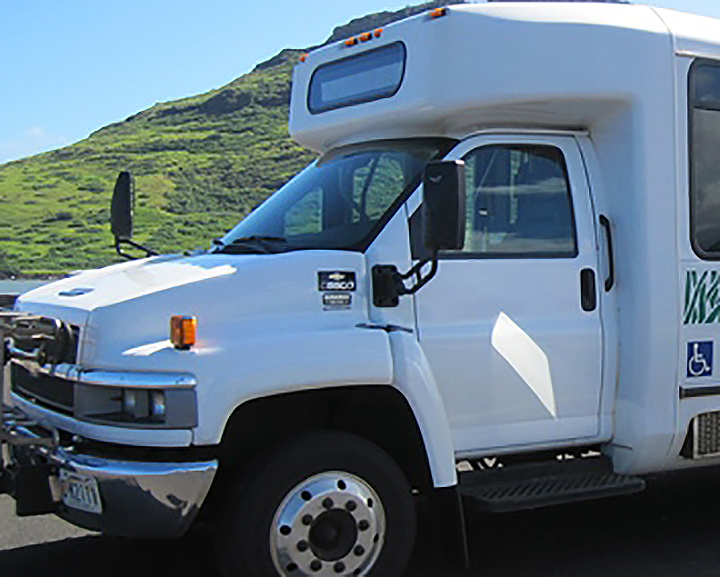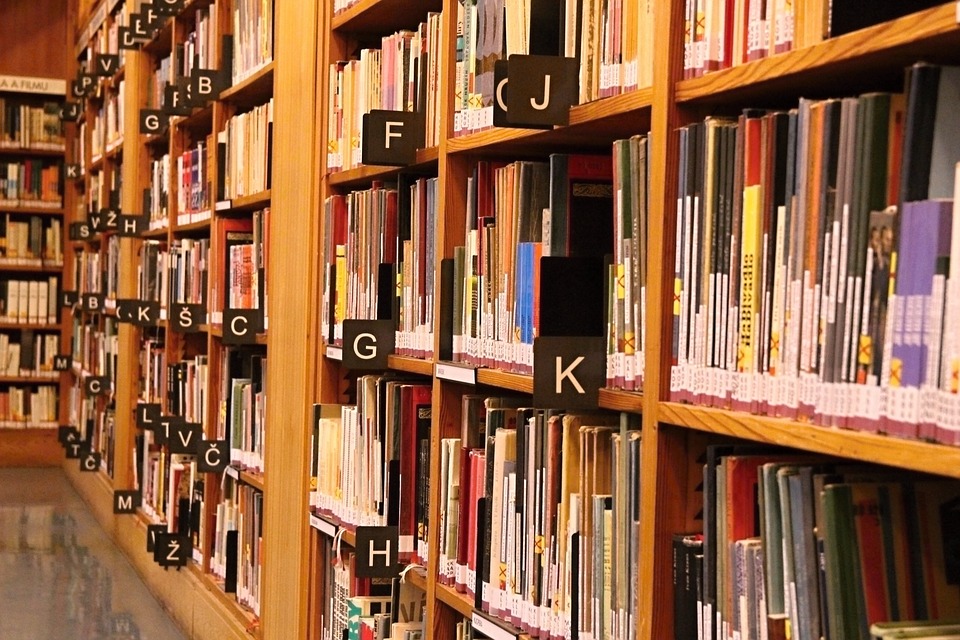PUC Approval Helps KIUC Close In On Renewable Goals
Kauaʿi should be approaching 70 percent renewable generation by the end of 2019, thanks to an approval received this week from the Public Utilities Commission for development of a 19.3-megawatt (MW) solar facility in conjunction with a 70 megawatt hours (MWh) battery energy storage system to be housed on-base at Pacific Missile Range Facility – Barking Sands (PMRF).
The facility, which will be built by AES Distributed Energy on land leased from the Department of Defense, will displace 2.8 million gallons of diesel annually and will produce enough power to energize 6,000 homes. It will also be one of KIUC’s lowest-cost power sources: the cooperative has signed a 25-year power purchase agreement (PPA) with AES at a price of 10.85 cents per kilowatt hour. The project can be “islanded” in certain circumstances in order to increase the resiliency of the PMRF base, which is one of Kauai’s leading economic contributors.
“KIUC’s Board of Directors set an aggressive goal of reaching 70 percent renewable by 2030,” stated Bissell. “Once this project is complete, we will be very close to that mark a decade early.”
The AES project at PMRF is the third battery storage project undertaken by KIUC since 2015. In early 2017, KIUC and Tesla opened the world’s first utility-scale solar plus storage facility in Kapaia. The Tesla plant is now storing up to 52 MWh of energy on a daily basis, which is primarily dispatched to the grid during the evening peak demand period.
In February 2018, AES broke ground on KIUC’s second solar plus battery project in Lāwaʿi. Scheduled to be operational by the end of this year, the Lāwaʿi facility consists of 28 MW solar photovoltaic and a 20 MW five-hour duration energy storage system.
“These storage projects are moving us rapidly closer to our renewable goals. By the end of 2019, KIUC will be able to supply roughly 65% of Kauai’s night time peak load with stored solar generated energy. To be able to accomplish this in a cost effective manner was just a dream a few years ago,” stated Bissell. “The partnerships between KIUC’s engineers and those of some of the best renewable energy companies in the world is making the impossible a reality.”
KIUC was recently recognized by the Smart Electric Power Alliance for having more energy storage watts per customer than any utility in the nation in 2017, and was ranked fifth in the nation in total annual megawatts of storage.
Another KIUC renewable project in development will use pumped storage hydro technology to create 25 MW of energy on the west side of Kauaʿi. The Puʿu ʿŌpae project involves the rehabilitation of three reservoirs and other agricultural infrastructure on state land in Waimea. Once complete, the project will not only provide a significant renewable power source for KIUC members, but will also pave the way for the Department of Hawaiian Homelands to place homestead property into productive agricultural use.
“If all goes well with the two AES projects and Puʿu ʿŌpae, we estimate we will be approaching 90 percent renewable by 2023,” said Bissell. “It takes an incredible team effort, strong leadership from our Board and the support of our members to make this kind of progress. We should all be proud of how far we’ve come in such a short time.”

Tesla aerial: The Tesla solar plus battery facility is located on 50 acres of land leased from Grove Farm in Kapaia

AES Lawai: Community members, along with KIUC and AES personnel, participate in a groundbreaking ceremony for the AES Lāwaʿi project in February 2018
Discover more from ForKauaiOnline
Subscribe to get the latest posts sent to your email.





Leave a Reply